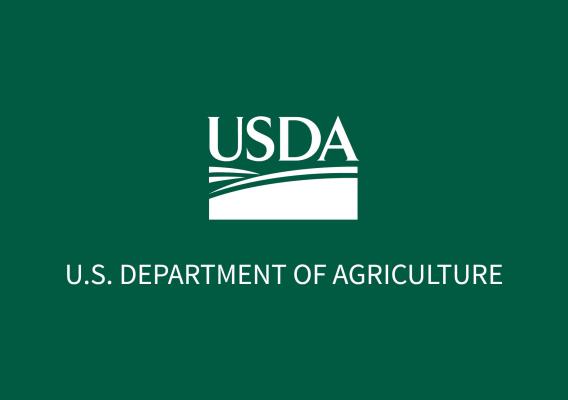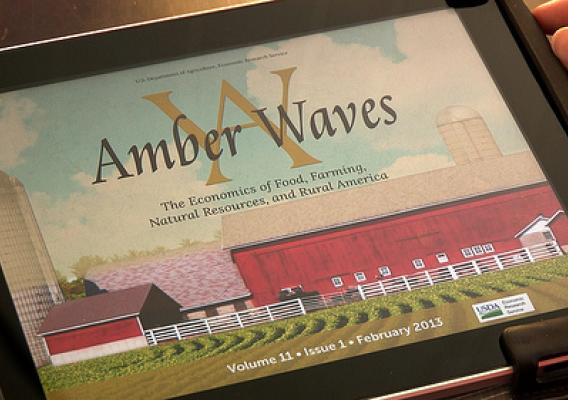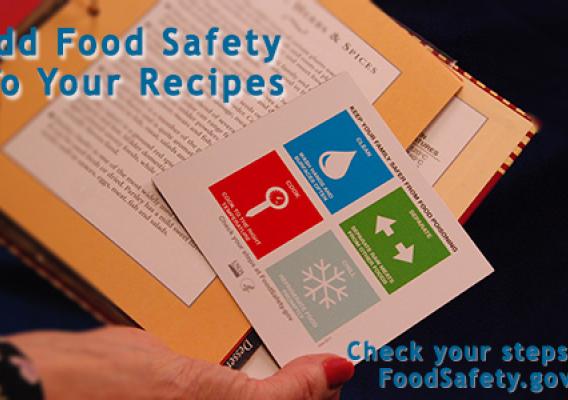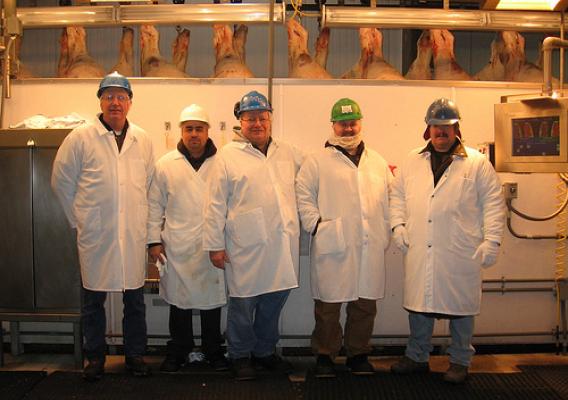Cross posted from Food Safety News:
My passion for public health stems from my career as an infectious disease doctor, watching families cope with the heartbreak caused by preventable diseases, including foodborne illness. I know what it feels like to explain to a husband in shock that the reason his wife is on life support is because of something she ate that was contaminated with a deadly pathogen.
Now, I am the Under Secretary for Food Safety at the U.S. Department of Agriculture. In my current role, I oversee dedicated USDA inspectors, scientists, veterinarians, and numerous other personnel who protect food that we eat every day. There is nothing more fundamental than being able to feed your own family a meal that will not make you sick, or worse, put you in the hospital.
I understand that there has been a lot of confusion about a proposal by USDA's Food Safety and Inspection Service (FSIS) to modernize inspection at poultry slaughter plants.
I would like to try to eliminate that confusion.







